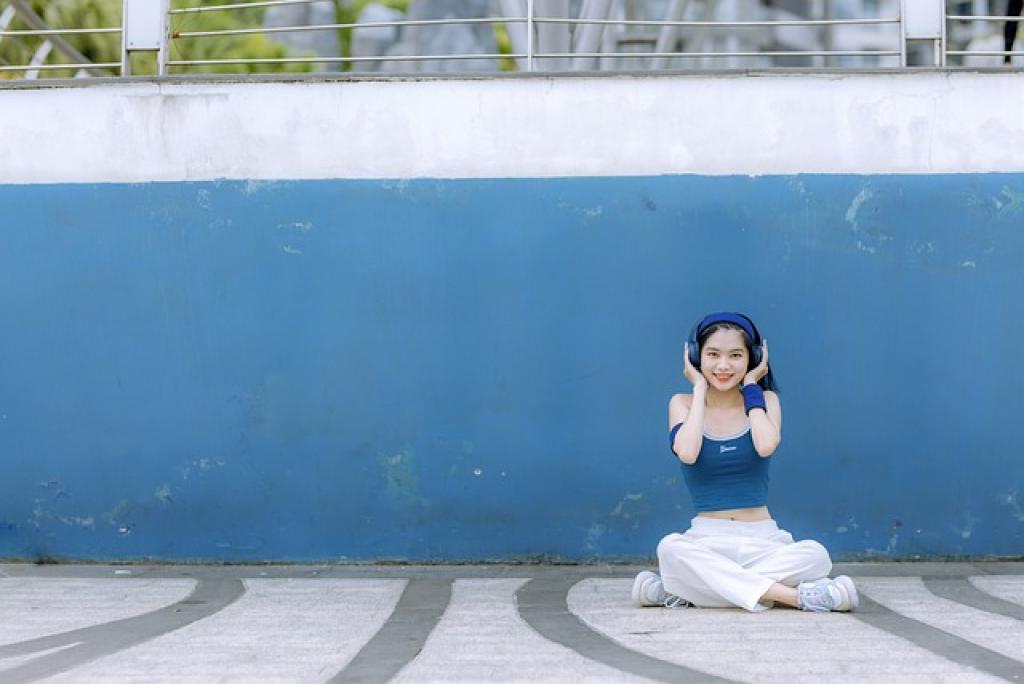Ever struggled with that sweaty, sticky feeling during a workout or a casual day out? Well, choosing the right fabric can make all the difference!
Imagine feeling comfortable, stylish, and confident, whether you’re hitting the gym or chilling with friends. Some fabrics wick away sweat, while others are all about that cozy, stretchy fit.
In this guide, we’ll explore the best fabrics to keep you cool, dry, and looking fabulous, no matter your activity level. Let’s dive in and find your perfect fit!
Choosing the Right Fabric for Your Activity Level
Whether you’re a high-intensity athlete or a relaxed yogi, picking the right fabric is key. For those sweaty, intense workouts, moisture-wicking fabrics like polyester and nylon are lifesavers. They pull sweat away from your skin, keeping you cool and dry.
If you’re into low-impact activities like yoga or pilates, go for fabrics with a bit more stretch, like spandex or lycra. These materials move with you, offering both flexibility and comfort.
For everyday athleisure, you can’t go wrong with cotton blends. They’re soft, breathable, and perfect for casual wear.
Understanding your activity level helps you choose fabrics that enhance your performance and comfort. So, next time you’re picking out gear, think about what you’ll be doing and choose the fabric that suits your needs best.

Performance Vs. Comfort: Finding the Balance
Balancing performance and comfort is a bit of an art. You want gear that maximizes your abilities, but it shouldn’t compromise how you feel.
Prioritizing Performance
If you’re training for a competition or pushing personal limits, performance fabrics like compression wear can give you an edge. These materials improve blood flow and muscle support, boosting your performance.
Consider breathable fabrics that regulate temperature and moisture. They help you stay cool and focused, even during grueling workouts.
Elevating Comfort
On the flip side, comfort is crucial when you’re looking for something versatile. Look for soft, flexible fabrics that feel good against your skin. Options such as cotton blends and modal fabrics provide a snug fit without feeling restrictive.
Hybrid fabrics offer a sweet spot by combining performance elements with comfort. These materials give you the best of both worlds, so you can wear them from high-energy workouts to casual hangouts seamlessly.
Finding that balance means you don’t have to choose one over the other. Keep both comfort and performance in mind, and you’ll find the perfect gear for any activity.
Sweat-Wicking Fabrics: What You Need to Know
Sweat-wicking fabrics have revolutionized the way we handle intense workouts. Let’s dive into what makes these materials so essential.
The Technology Behind It
Sweat-wicking fabrics are designed to pull moisture away from your skin and push it to the fabric’s outer surface. This helps your sweat evaporate quickly, keeping you dry and reducing that sticky, uncomfortable feeling.
Materials Matter
Many of these fabrics are made from polyester blends or synthetic fibers. These materials are finely woven to efficiently channel sweat away from your body. Some newer options even incorporate bamboo or merino wool, which naturally wick sweat and add softness.
One key feature to look out for is breathability. Fabrics with tiny holes or mesh panels offer added ventilation, further enhancing their moisture-managing capabilities.
When to Use Them
Sweat-wicking fabrics are perfect for high-intensity activities, like running, cycling, or cross-training. Not only do they help regulate your body temperature, but they also prevent chafing, which is a lifesaver during long workouts.
For everyday wear, these fabrics are excellent for those with active lifestyles. They keep you feeling fresh whether you’re heading to the gym or running errands.
Choosing the right sweat-wicking fabric can make all the difference in your comfort and performance. So next time you gear up, opt for clothes that work as hard as you do!
Eco-Friendly Fabrics for Sustainability
As we become more aware of our environmental impact, eco-friendly fabrics are gaining popularity. These materials offer a win-win: they’re gentle on the environment and often more comfortable to wear.
Organic cotton is a standout choice. Unlike traditional cotton, it’s grown without harmful pesticides and synthetic fertilizers. This not only benefits the planet but also produces a much softer, more breathable fabric.
Another option to consider is Tencel, a fiber derived from sustainably sourced wood pulp. Tencel is well-known for its silky texture and high durability. Plus, it’s made in a closed-loop process, meaning almost all the solvents used are recycled.
Recycled polyester is also making waves in eco-fashion. Produced from plastic bottles or discarded textiles, it reduces waste and conserves resources. And believe it or not, it retains all the benefits of traditional polyester, like excellent moisture-wicking properties and breathability.
Bamboo fabric is another green alternative. Bamboo grows rapidly without the need for much water, pesticides, or fertilizers. The resulting fabric is incredibly soft and has natural antibacterial properties.
Choosing eco-friendly fabrics not only supports sustainable practices but also often results in higher-quality garments. By making mindful choices, we can enjoy the best of both worlds: high-performance clothing and a healthier planet.
Understanding Antimicrobial Properties in Fabrics
Antimicrobial fabrics are becoming more common, especially in activewear and healthcare settings. But what exactly makes these fabrics special?
The term “antimicrobial” refers to the ability of a fabric to resist the growth of microorganisms like bacteria and fungi. This can be particularly beneficial for reducing odors and maintaining hygiene.
One way fabrics achieve antimicrobial properties is through the infusion of natural substances. For instance, silver ions are commonly integrated into the fibers. Silver is a natural antimicrobial agent, effective at inhibiting the growth of microbes.
Some materials, like bamboo, naturally possess antimicrobial properties. This means they can fend off bacteria without any added chemicals. It’s a great option for those looking for a more natural approach.
Synthetic fabrics can also be treated with antimicrobial finishes. These finishes create a hostile environment for bacteria, preventing their growth and prolonging the freshness of the fabric.
Wearing antimicrobial fabrics can be especially useful in hot and humid conditions where bacteria and fungi thrive. Plus, they often require less frequent washing, saving water and extending the life of your clothes.
Understanding these properties allows us to make informed decisions about the fabrics we choose, ensuring comfort, cleanliness, and sustainability in our daily lives.
The Bottom Line: Top Fabric Picks for Your Ideal Activewear
Choosing the right fabric for your activewear is a game-changer. From wicking away sweat to keeping you cool and comfortable, the material can make or break your workout experience.
First, let’s talk about synthetic options. Fabrics like polyester and nylon are popular for their durability and moisture-wicking capabilities. They pull sweat away from your skin, making them perfect for intense activities. Plus, they dry quickly, so you can stay comfortable throughout your workout.
If you prefer natural fabrics, consider merino wool. It’s not only soft and breathable but also has natural moisture-wicking and odor-resistant properties. It’s a fantastic choice for outdoor activities in varying temperatures.
For those who favor eco-friendly options, bamboo and organic cotton are excellent picks. Bamboo naturally resists bacteria, keeping your gear fresh even after a tough session. Organic cotton is breathable and gentle on the skin, though it might not wick moisture as efficiently as synthetic fabrics.
Blended fabrics, which combine the best of both worlds, are also worth considering. A mix of polyester and spandex, for example, offers flexibility and support, ideal for activities like yoga or pilates.
Ultimately, your choice should depend on the type of exercise you do and your personal comfort. Whether you need something that keeps you dry, offers flexibility, or simply feels good against your skin, there’s a fabric out there that fits the bill.
So, next time you’re shopping for activewear, keep these fabric tips in mind. You’ll not only improve your performance but also enjoy your workouts a whole lot more. Happy exercising!

